Hot, Zesty, and Totally German: 10 Must-Know Tips for Mastering Spicy German Mustard Like a Pro
Description
If you've ever bitten into a juicy bratwurst or torn off a hunk of Bavarian soft pretzel and felt like something was missing, chances are what your taste buds were craving was the bold bite of spicy German mustard. Known for its sharp kick and complex flavor, this condiment isn't just a topping — it's an experience. In this blog post, we’ll dive deep into what makes German mustard so special, compare different varieties, and give you practical tips on how to incorporate it into your kitchen adventures. Whether you're a seasoned foodie or a curious spice lover, get ready to elevate your meals with one seriously spicy squeeze!
Table of Contents
- What Is Spicy German Mustard?
- Flavor Profile Breakdown
- Types of German Mustard (and Why You Should Care)
- How to Use It Like a Pro
- Top 5 Food Pairings That Make Your Taste Buds Dance
- Buying Guide: What to Look for in a Bottle
- DIY Time! How to Make Your Own Spicy German Mustard at Home
- Spice & Health: The Surprising Benefits of Mustard
- From Beer Gardens to Bratwurst: A Cultural Deep Dive
- Final Thoughts: Why You Need This in Your Pantry
What Is Spicy German Mustard?
German mustard, or deutsche Senf, is not your average yellow squirty stuff from the fridge door. This is serious flavor business. Typically made from crushed mustard seeds (usually brown or black), vinegar, water, salt, and a variety of spices, German mustard varies widely in heat level and texture depending on the region.
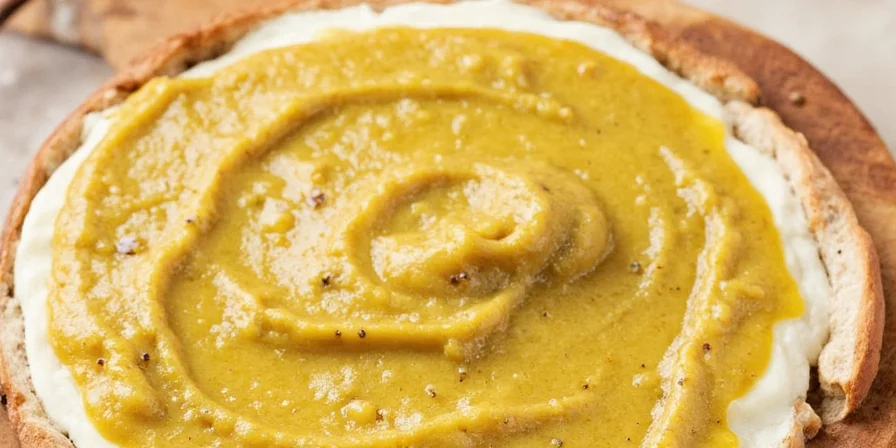
While some varieties lean more tangy than hot, others pack a punch that will make your eyes water — in the best way possible. If you’ve had it slathered on a grilled sausage at a beer garden, you know exactly what we’re talking about.
Flavor Profile Breakdown
Let’s break down the flavor of spicy German mustard using a simple table:
| Flavor Note | Description |
|---|---|
| Heat Level | Moderate to High (varies by brand/region) |
| Texture | Smooth to grainy |
| Saltiness | Moderate |
| Acidity | Vinegar-forward |
| Aftertaste | Peppery, lingering warmth |
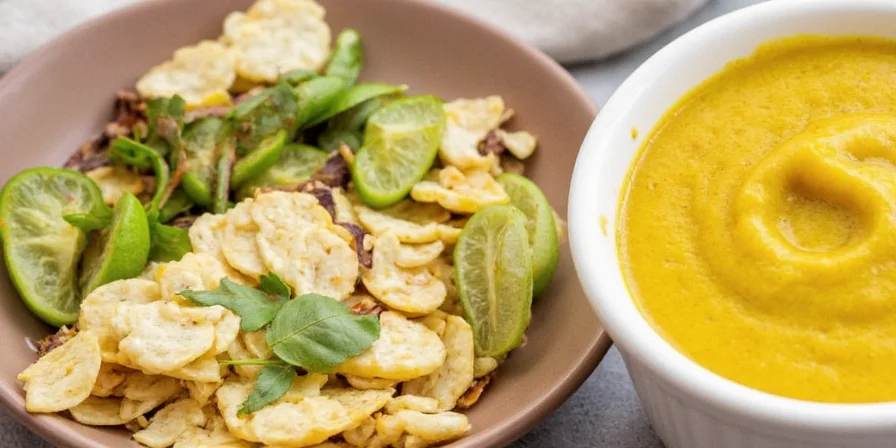
Types of German Mustard (and Why You Should Care)
Not all mustards are created equal. Here are the most popular types you’ll find across Germany:
- Düsseldorf Mustard – Coarse-ground, strong, and often considered the spiciest
- Bavarian Sweet Mustard (süßer Senf) – Contains sugar, mild, often paired with Weißwurst
- Frankfurter Green Mustard – Made with unripe fruits, herbs, and horseradish for a fresh, herbal kick
- Whole Grain Mustard – Chunky, textured, great for sandwiches and gourmet dishes
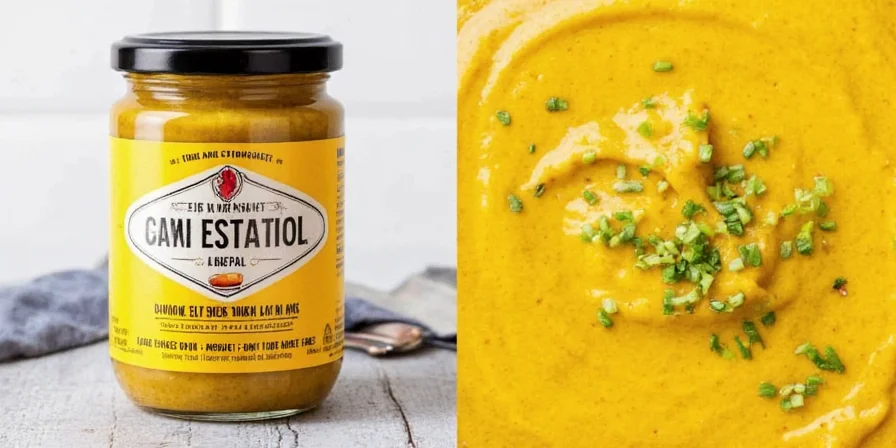
How to Use It Like a Pro
If you’re still only using mustard on hot dogs, you’re missing out. Here are 10 pro-level uses for spicy German mustard:
- As a sandwich spread for Reubens or grilled cheese with melted Swiss and bacon
- Whisked into vinaigrettes for salad dressings with a peppery edge
- Mixed into burger patties for an internal flavor boost
- Used as a glaze for roasted pork or chicken wings
- Stirred into potato salad for extra zing
- Paired with charcuterie boards featuring cured meats and pickles
- Drizzled over grilled veggies like eggplant or zucchini
- Combined with honey or maple syrup for a sweet-and-spicy dip
- Swirled into deviled eggs for a grown-up twist
- Brushed onto pretzel dough before baking for an authentic German touch
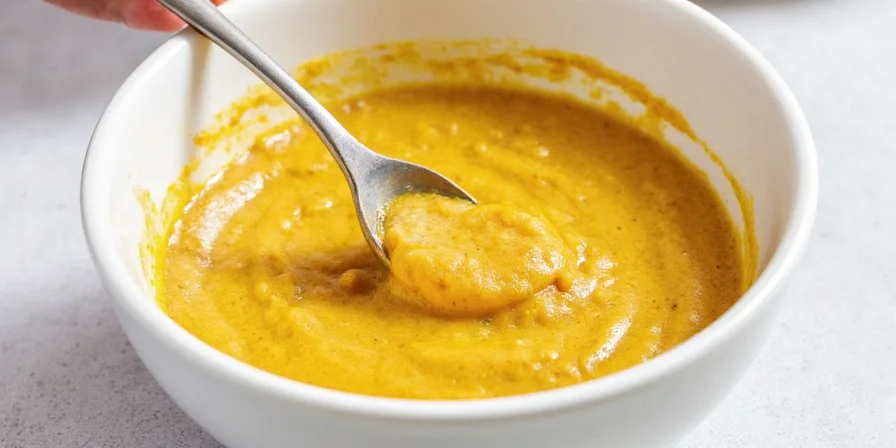
Top 5 Food Pairings That Make Your Taste Buds Dance
Pairing spicy German mustard with the right foods can take your meal from good to glorious. Try these combos:
- Bratwurst – Classic duo. Grilled sausage + tangy mustard = pure bliss
- Pretzels – Soft Bavarian pretzels dipped in a bowl of Düsseldorf-style mustard? Yes please.
- Smoked Gouda – Sharp cheese meets sharp mustard. Boom.
- Pickled Vegetables – The acidity complements the mustard’s fire beautifully
- Dark Lager or Hefeweizen – Beer balances the heat perfectly
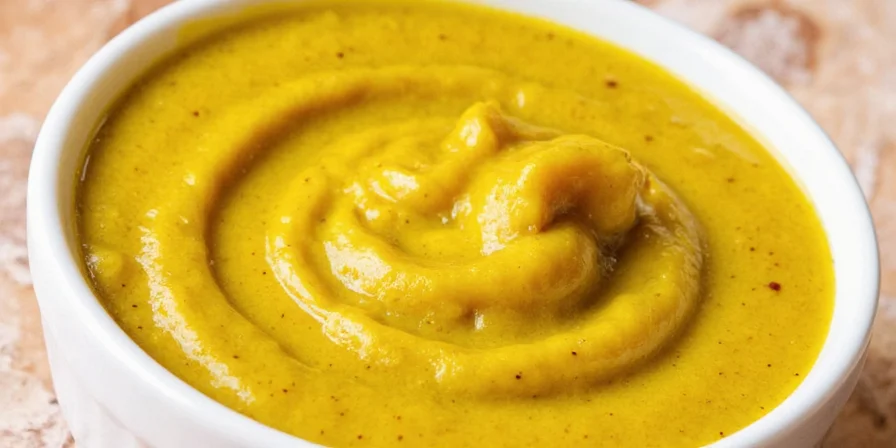
Buying Guide: What to Look for in a Bottle
When shopping for spicy German mustard, keep an eye out for these indicators of quality and heat:
- Ingredients List – Fewer ingredients usually mean better quality
- Grain Type – Whole grain = chunkier texture; smooth = creamier spread
- Vinegar Source – Wine vinegar vs. distilled adds subtle flavor differences
- Region Labeling – Düsseldorf or Franconian varieties tend to be hotter
- Alcohol Infusions – Some mustards include beer, wine, or schnapps for depth
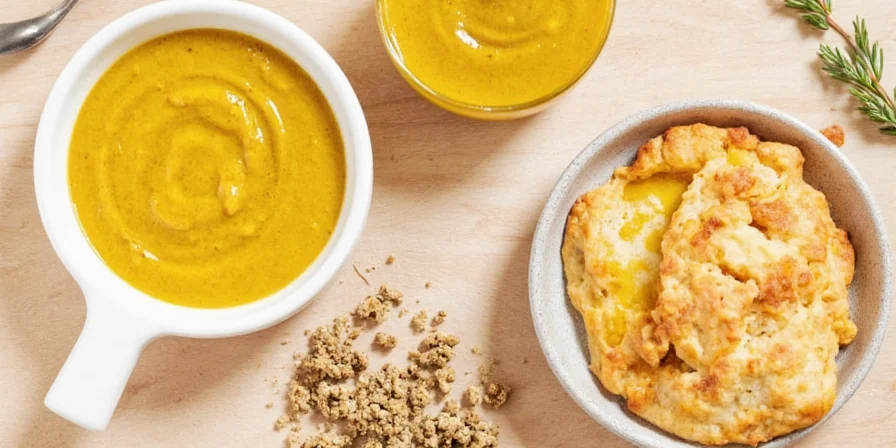
DIY Time! How to Make Your Own Spicy German Mustard at Home
Feeling adventurous? Whip up your own batch with this easy recipe:
Homemade Spicy German Mustard Recipe
- 1/2 cup brown mustard seeds
- 1/4 cup black mustard seeds
- 1/2 cup white wine vinegar
- 1/4 cup water
- 1 tsp salt
- 1 tsp ground ginger or caraway (optional for authenticity)
Mix everything together and let sit overnight. Then blend until desired consistency is reached. Store in a sealed jar in the fridge for up to 3 months. Let it rest for 2–3 days before using for maximum flavor development.
Spice & Health: The Surprising Benefits of Mustard
Beyond flavor, spicy German mustard actually packs some health benefits thanks to those mighty mustard seeds:
- Rich in minerals like selenium and magnesium
- Contains compounds that may help fight inflammation
- Can stimulate digestion due to its pungency
- Low in calories but high in flavor (great for weight-conscious eaters)
- Antibacterial properties from vinegar and mustard oil
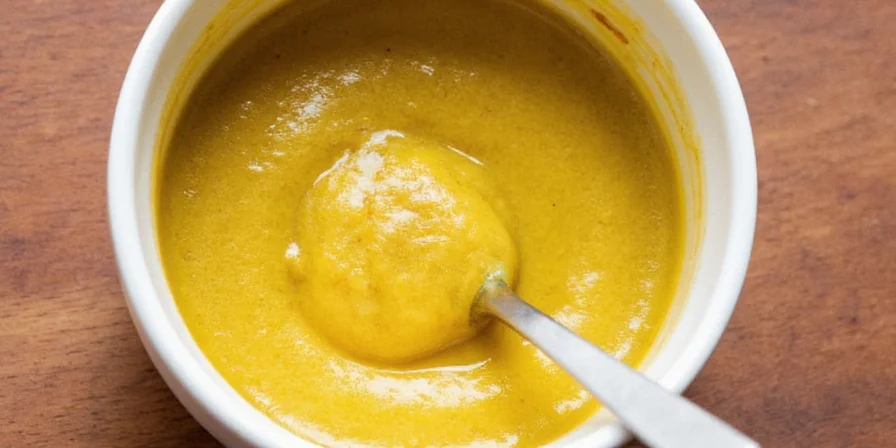
From Beer Gardens to Bratwurst: A Cultural Deep Dive
In Germany, mustard isn’t just a condiment — it’s part of the culinary identity. Each region has its own style, influenced by local ingredients and traditions. For example:
- Bavaria favors milder, sweeter mustards
- Rhineland brings the heat with coarser, stronger varieties
- Thuringia pairs mustard with its famous garlic sausages
- Franconia blends mustard with horseradish and green apples for a zippy green version
At festivals like Oktoberfest or local street fairs, you'll often see mustard served in tiny stone crocks — because once you go full German, there’s no going back.
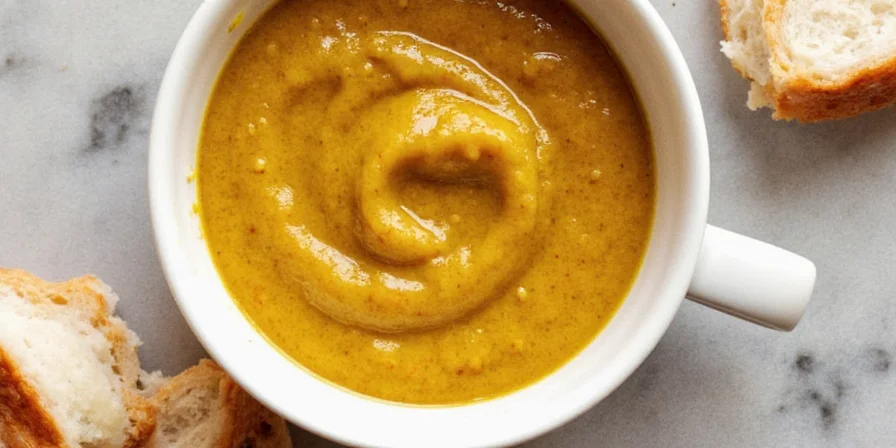
Final Thoughts: Why You Need This in Your Pantry
Whether you’re grilling burgers, making sandwiches, or just want a quick flavor boost, spicy German mustard should be your go-to condiment. It’s versatile, bold, and uniquely satisfying. With this guide in hand, you’re now equipped to explore the world of German mustard like a true connoisseur. So go ahead — grab a jar, experiment with flavors, and don’t forget to share the heat!
Key Takeaways
- German mustard varies by region — explore different styles
- It’s perfect for both casual snacking and gourmet cooking
- You can even make it at home with just a few ingredients
- Pair it with beer, pretzels, or grilled meats for the ultimate combo
- It offers surprising health benefits and digestive perks










 浙公网安备
33010002000092号
浙公网安备
33010002000092号 浙B2-20120091-4
浙B2-20120091-4